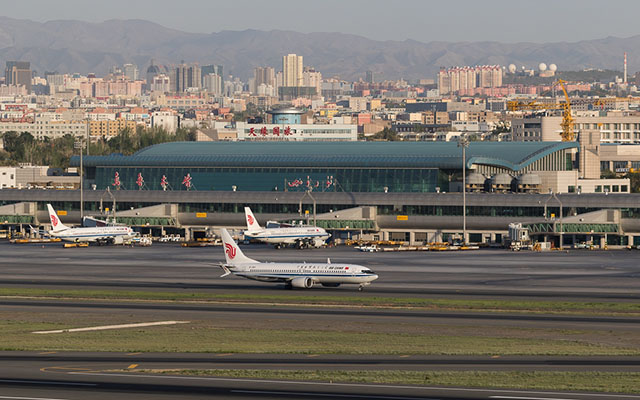China plans to establish a group of world-class aviation enterprises and hubs by 2050, according to a new guideline released by the Civil Aviation Administration of China and the National Development and Reform Commission.
The guideline outlines a three-phase strategy for developing international aviation hubs with milestones set for 2025, 2035 and 2050.
By 2025, the system for international aviation hubs is expected to be largely established, with air transport production and service coverage fully restored. The focus will be on enhancing connectivity and transfer efficiency, and accelerating the recovery of international competitiveness, said Zhang Qing, director of the CAAC’s development planning department.
By 2035, the guideline aims for the hubs to meet world-class standards in transport scale, international coverage, connectivity and transfer efficiency.
The ultimate goal by 2050 is to create several top-tier aviation enterprises and hubs, further refining the international aviation hub system and strengthening China’s position as a leading global aviation power with robust infrastructure, high public satisfaction and strong competitiveness.
The guideline emphasizes key development areas, including the enhancement of major hubs and the expansion of regional hubs. Major hubs in cities like Beijing, Shanghai and Guangzhou in Guangdong province will see improved intercontinental connections and global outreach. The objective is to strengthen domestic-to-international and international-to-international transfer capabilities, creating core links within both national and global air transportation networks, according to Zhang.
Regional hubs with international potential such as those in Chongqing, Chengdu in Sichuan province, Shenzhen in Guangdong, Kunming in Yunnan province, Xi’an in Shaanxi province, Harbin in Heilongjiang province and Urumqi in the Xinjiang Uygur autonomous region will see accelerated development. The focus will be on aligning their functional roles to build international route networks with regional advantages, with the cities set to become key nodes linking regional areas, connecting domestic air transportation networks and integrating with international aviation corridors.
For example, a recent document mapped out plans to develop Urumqi as an international hub and enhance its regional air network. The plan includes establishing international routes from Urumqi to Central Asia and Europe, alongside domestic routes linking Xinjiang with other parts of China. Zhang said the plan will strengthen Xinjiang’s role as a gateway to Central Asia and a bridge between Asia and Europe.
Qi Qi, deputy head of the Management College at Guangzhou Civil Aviation College, highlighted Urumqi’s rapid growth in civil aviation. The city recently set a record for single-runway takeoffs and landings in China.
“Urumqi’s geographic advantage makes it a strategic hub for China’s westward opening-up policy and a central city in the Silk Road Economic Belt,” Qi said.
Flights from Urumqi can reach major cities across five Central Asian countries within four hours, serving a vast region with huge aviation demand and potential, he added. /// nCa, 28 August 2024 (cross post from China Daily)
